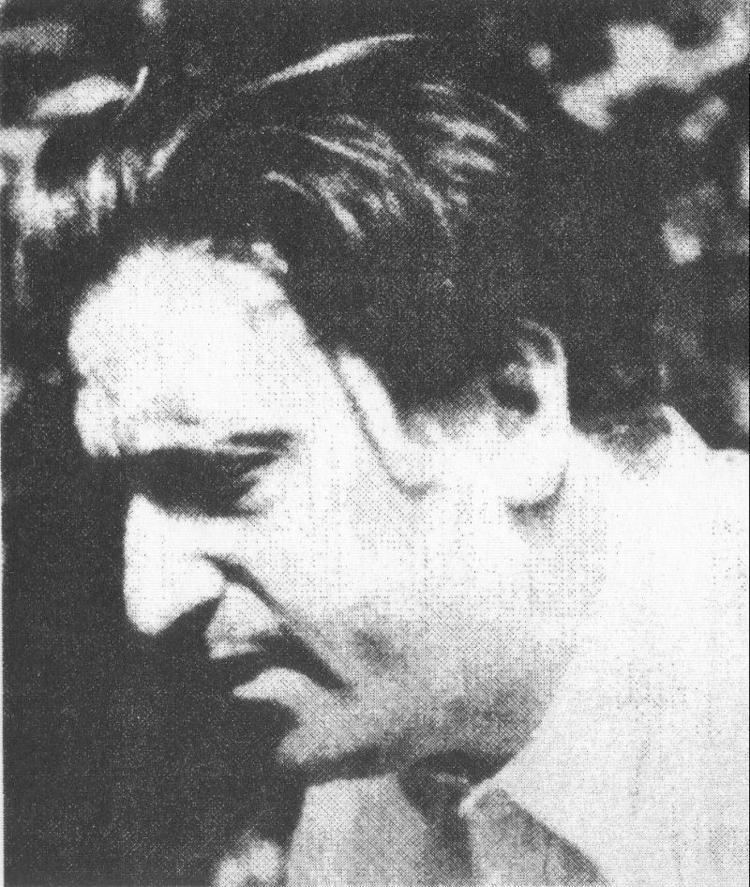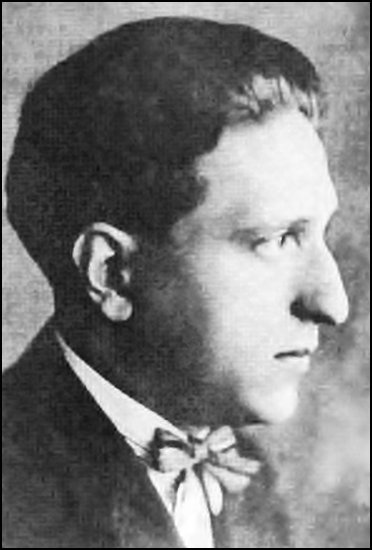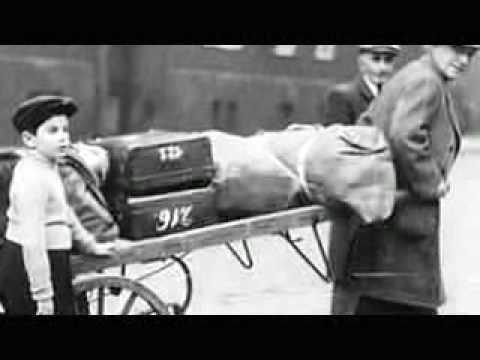Name Pavel Haas Siblings Hugo Haas | Role Composer Parents Olga, Zikmund | |
 | ||
Died October 17, 1944, Auschwitz concentration camp Albums Janacek: "Intimate Letters" / Haas: String Quartet No. 2 Similar People Hans Krasa, Hugo Haas, Leos Janacek, Bohuslav Martinu, Bohumil Mathesius | ||
Pavel haas wind quintet op 10
Pavel Haas (21 June 1899 – 17 October 1944) was a Czech composer who was murdered during the Holocaust. He was an exponent of Leos Janacek's school of composition, and also utilized elements of folk music and jazz. Although his output was not large, he is notable particularly for his song cycles and string quartets.
Contents
- Pavel haas wind quintet op 10
- Pavel haas study for strings
- Pre war
- The war
- Post war
- Works
- Recordings
- Haas in Literature
- Songs
- References

Pavel haas study for strings
Pre-war

Haas was born in Brno, into a Jewish family. His father, Zikmund, a shoemaker by trade, was from the Moravian region, while his mother, Olga (nee Epstein), was born in Odessa. After studying piano privately, Haas began his more formal musical education at the age of 14 and he studied composition at the Brno Conservatory from 1919 to 1921 under Jan Kunc and Vilem Petrzelka. This was followed by two years of study in the master class of the noted Czech composer Leos Janacek. Janacek was far and away Haas's most influential teacher, and Haas, in turn, proved to be Janacek's best student. In 1935 he married Sona Jakobson, the former wife of Russian linguist Roman Jakobson.

Of the more than 50 works Haas wrote during the next two decades, only 18 were given opus numbers by the self-critical composer. While still working in his father's business, he wrote musical works of all kinds, including symphonic and choral works, lieder, chamber music, and scores for cinema and theatre. His opera, Sarlatan (The Charlatan), was first performed in Brno to sincere acclaim in April 1938. He received the Smetana Foundation award for the opera (sharing the award with Vitezslava Kapralova who received it for her Military Sinfonietta).
The war
In 1941, Haas was deported to the Theresienstadt concentration camp (Terezin). He was one of several Czech-Jewish composers there, including Viktor Ullmann, Gideon Klein and Hans Krasa. Prior to his arrest, he had officially divorced his wife Sona in order that she and their young daughter would not suffer a similar fate. On his arrival, he became very depressed and had to be coaxed into composition by Gideon Klein. Haas wrote at least eight compositions in the camp, only a few of which have survived. They include a set of Four Songs on Chinese Poetry for baritone and piano, a work for men's choir titled "Al s'fod" (his first and only work in Hebrew), and the Study for String Orchestra which was premiered in Theresienstadt under the Czech conductor Karel Ancerl and is probably Haas's best-known work today. The orchestral parts were found by Ancerl after the liberation of Theresienstadt and the score was reconstructed.
In 1944 the Nazis remodeled Theresienstadt just before a visit from the Red Cross, and a propaganda film, Der Fuhrer schenkt den Juden eine Stadt (The Fuhrer Gives the Jews a City), was made by director Kurt Gerron, under the coercion of the camp commandant, Karl Rahm. In the film, Theresienstadt, children are seen singing Hans Krasa's opera, Brundibar, and Haas can be seen taking a bow after a performance, conducted by Karel Ancerl, of his Study for Strings. When the propaganda project was over, the Nazis transferred 18,000 prisoners, including Haas and the children who had sung in Brundibar, to Auschwitz-Birkenau, where they were murdered in the gas chambers. According to the testimony of Karel Ancerl, Haas stood next to him after their arrival at Auschwitz. Doctor Mengele was about to send Ancerl to the gas chamber first, but the weakened Haas began to cough, so the death sentence was therefore chosen for him, instead. After the war Ancerl met with Haas's brother Hugo and told him the story.
Post-war
Haas's large-scale symphony, which he began prior to his deportation to Theresienstadt, remained unfinished, but the surviving torso was orchestrated by Zdenek Zouhar in 1994. Haas's music, stemming from Bohemian and Moravian roots, is sometimes tinted by Hebrew melody.
Haas has been described as "a reserved but eloquent student of Janacek" by Alex Ross in his history of classical music in the 20th century, The Rest is Noise: Listening to the Twentieth Century.
His brother Hugo Haas (1901–1968) was a popular actor in pre-war Czechoslovakia.
Works
Principal publishers: Boosey & Hawkes, Bote & Bock, Sadlo, Tempo
Recordings
The whole music written in Concentration Camps (including P. Haas's Study for Orchestra, 4 Chinese Songs and Al s'fod) are contained in the CD-Encyclopedia KZ MUSIK created by Francesco Lotoro (Musikstrasse Roma- Membran Hamburg), 2007
Haas in Literature
Haas is a central character in David Herter's First Republic trilogy, comprising the novels On the Overgrown Path, The Luminous Depths and One Who Disappeared.
Haas is mentioned in Simon Mawer's The Glass Room.
Songs
Seven Songs in Folk Style 7
Seven Songs in Folk Style 5
Seven Songs in Folk Style 3
Seven Songs in Folk Style 2
Suite aus der Oper Scharlatan
Seven Songs in Folk Style 4
From the Monkey Mountains: II Coach - Coachman and Horse - Andante
Seven Songs in Folk Style 6
From the Monkey Mountains: III The Moon and I - Largo e misterioso
Seven Songs in Folk Style 1
From the Monkey Mountains: IV Vivace con fuoco
